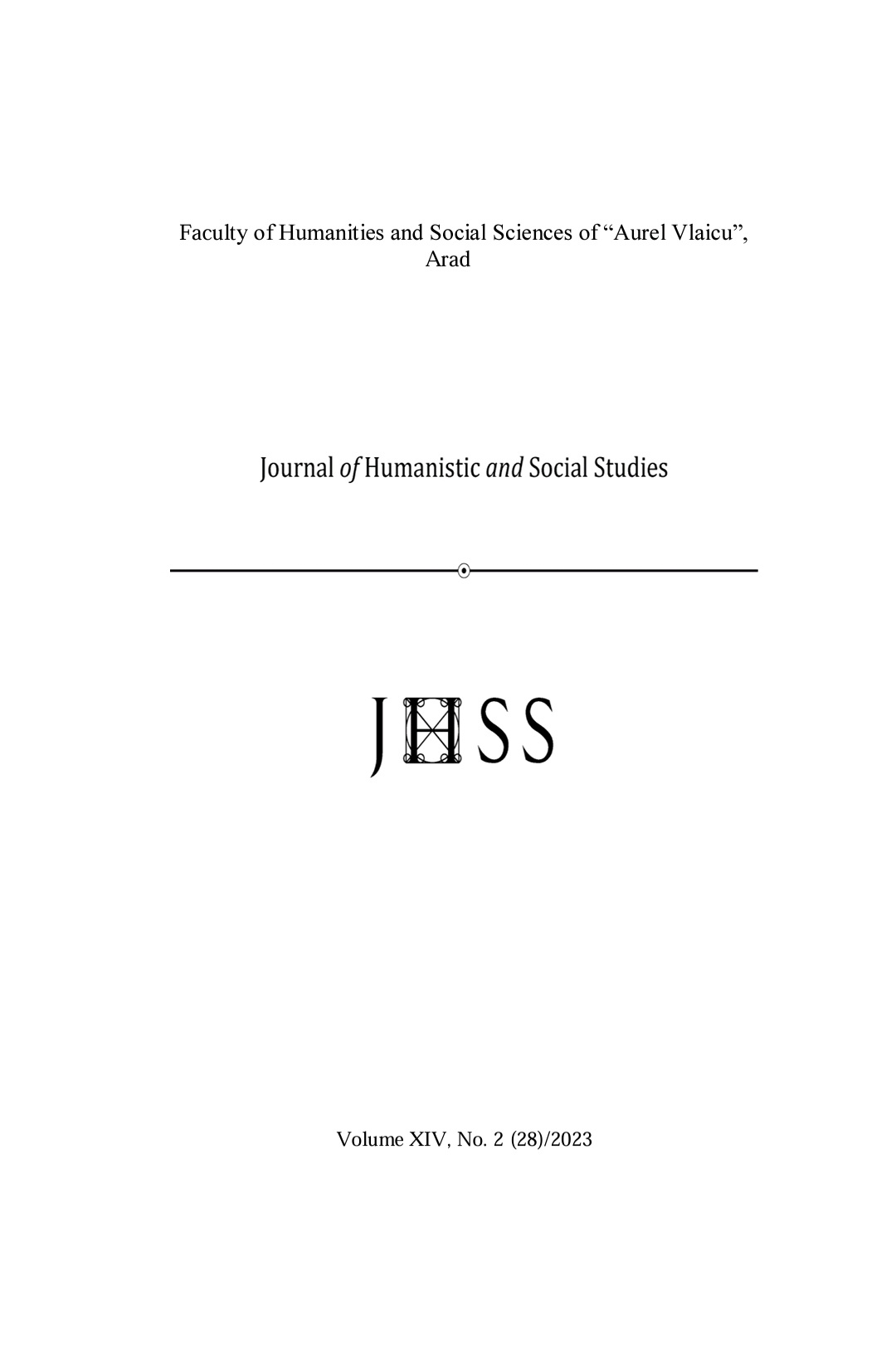Re-reading race: The Otherness of the Black and the Jew in Shakespeare’s Plays
Re-reading race: The Otherness of the Black and the Jew in Shakespeare’s Plays
Author(s): Hayder Naji Shanbooj AlolaiwiSubject(s): Language and Literature Studies, Literary Texts, Jewish studies
Published by: Editura Universității Aurel Vlaicu
Keywords: alterity; blackness; Othello; otherness; race; Shakespeare; The Merchant of Venice
Summary/Abstract: The dramatic works of Shakespeare were created and presented to the London audience a century after the circulation of prominent texts (mostly Spanish, Portuguese, and Italian) about European conquests outside of Europe had begun, and before English voyages started to significantly change both the extra-European imperial landscape and that of Europe itself. The question of the visible nature of otherness seems even more central in the case of Othello. Is the Moor of Venice black? Or rather, should the actors playing the role blacken their faces? This is a topic that has occupied critics from the late 17th century until today. Shylock defends his fundamental likeness to those who still perceive him as a foreign element. The emphasis on the bodily dimension of identity between Jews and non-Jews tells the audience that Jews suffer from stigma, even though nothing in their constitution distinguishes them from Christians. Shylock’s monologue describes the process of othering endured by Jews in Christian lands, highlighting the political dynamics that transform one into the other. In our contribution we follow the formation of racial stereotypes in Early Modern England as reflected in tow of Shakespeare’s plays of otherness: “Othello” and “The Merchant of Venice”.
Journal: Journal of Humanistic and Social Studies
- Issue Year: 14/2023
- Issue No: 2
- Page Range: 75-88
- Page Count: 14
- Language: English

